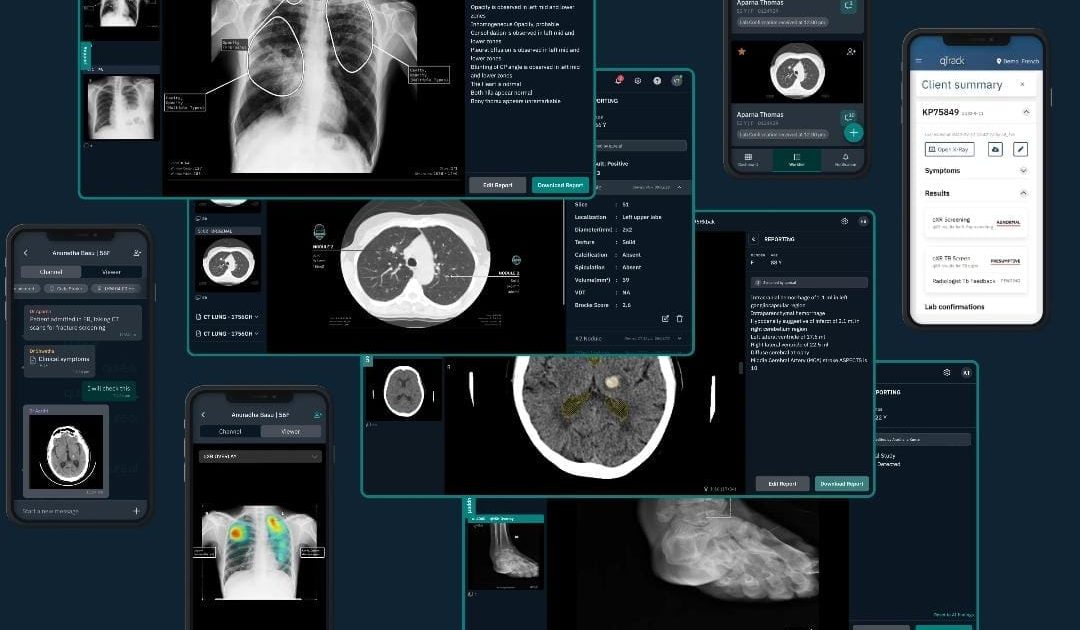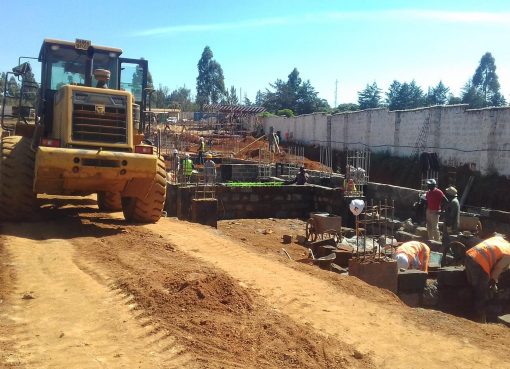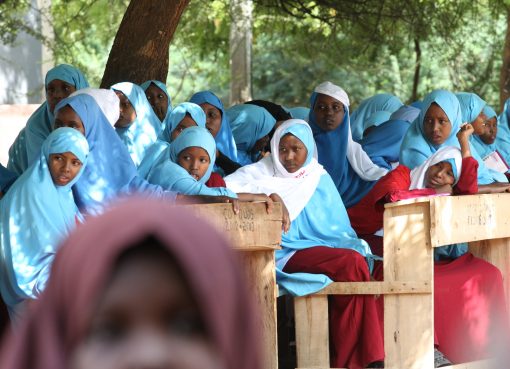Nakuru County has installed its first Artificial Intelligence (AI) system at the Nakuru County Referral and Teaching Hospital (NCRTH) Radiology department, integrated into the X-ray machine.
The County Executive for Health Ms. Roselyn Mungai on Tuesday said the project has done with support from the National TB Programme, Amref, and Qure.ai, which is an AI solution provider enhancing imaging accuracy and improving health outcomes with the assistance of machine-supported tools.
She noted that NCRTH was a step forward in the fight against TB having tapped into the deep learning technology to provide automated interpretation of radiology exams like X-rays, CTs and Ultrasounds scans enabling faster diagnosis and speed to treatment. Also, the officer said the project aligns perfectly with the plan to digitize healthcare and advance technology for improved quality of healthcare services in the county, and work towards reducing and finally eradicating the disease. She stated that Radiologists, Radiographers, and Clinical Officers from the Chest clinic and Outpatient Department have all been trained and sensitized on the use of this innovative technology.
Additionally, she said the technology was likely to revolutionize TB diagnosis by improving workload management, reducing turnaround time for patients, and, most importantly, enhancing the accuracy and speed of early diagnosis, which has always been a problem because of its latent behavior.
Furthermore, she said eradication of TB in Africa has been challenging due to a combination of social, economic, healthcare, and biological factors, since HIV and TB co-infection was a significant problem in many countries in the continent.
HIV/ Aids is known to weaken the immune system, making individuals more susceptible to TB and managing both diseases simultaneously complicates and increases the risk of being drug-resistant.
Another factor Ms. Mungai noted was limited access to healthcare due to poverty, high expenses of treatment and lack of ability to maintain proper nutrition, which is crucial for recovery of TB patients.
She also observed that high population density in urban areas and poor living conditions, especially at the informal settlement areas, overcrowded houses, poor ventilation, and sanitation contributed to the transmission of the disease.
Finally, she noted, the biggest headache, even where the governments gives the drugs for free, was the incontinent follow-up and incomplete treatment courses, that leads to drug-resistant TB strains.
By Veronica Bosibori





